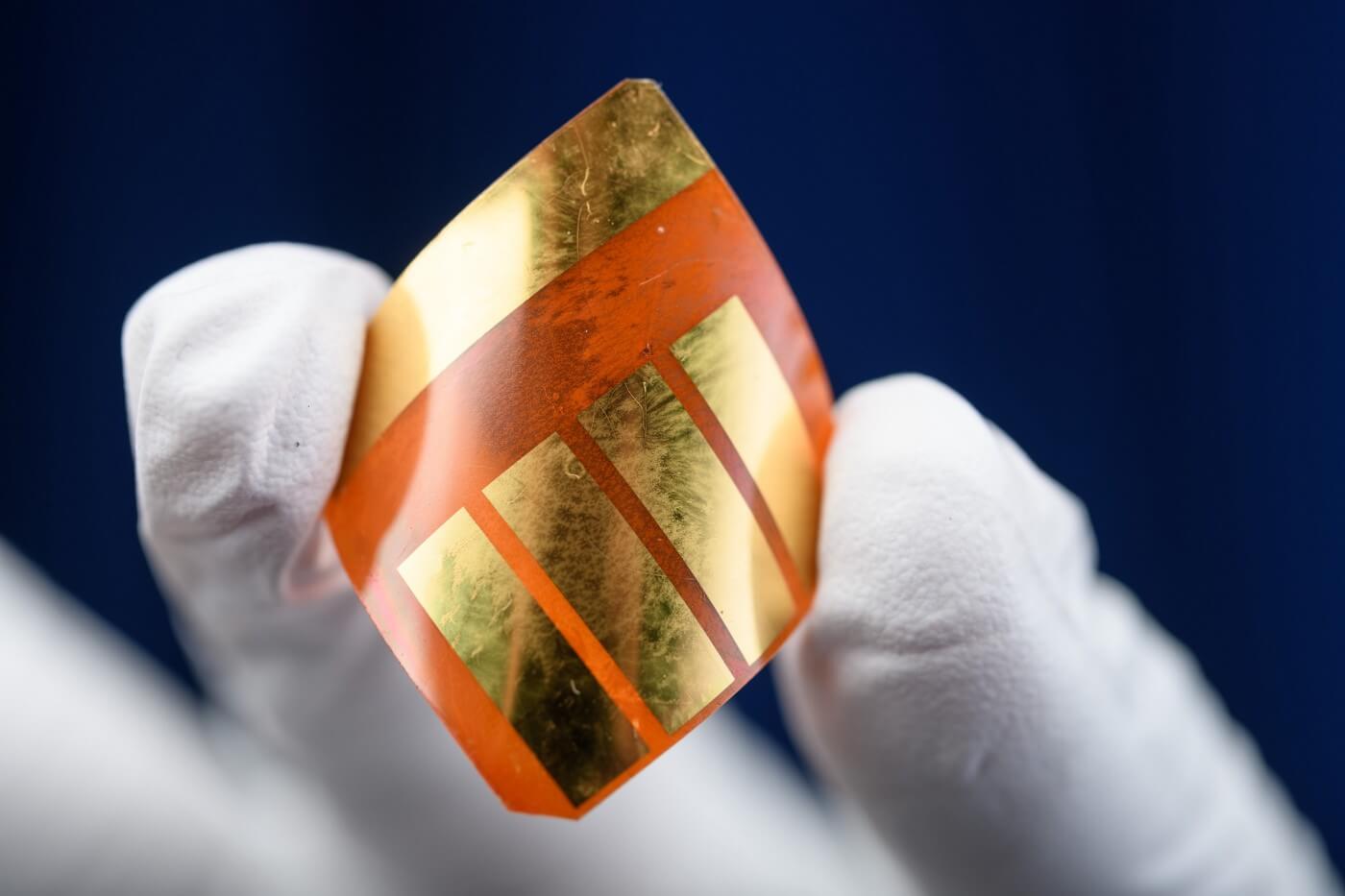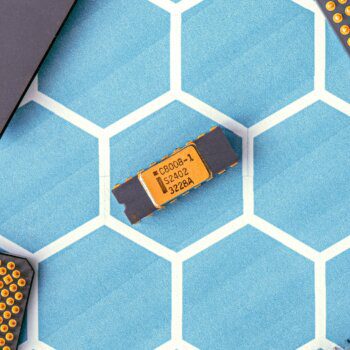Key Takeaways:
- The dystopian nature of recent events should not be lost on anyone.
- The most important technology being developed today, therefor, is that which allows us to transition off of fossil fuels and to mitigate our impact on the planet.
- While some researchers do aim to make perovskite solar cells a replacement for traditional silicon, the largest efficiency has been achieved by layering the two in what are called perovskite-silicon tandem cells.
- Silicon is able to absorb light towards the red, longer-wavelength end of the spectrum.
- Their composition, manufacturing process, structure, and packaging are all being fine-tuned in order to provide a solution to one of the biggest problems facing renewable energy: the low efficiency and complex manufacturing behind solar cells.
The dystopian nature of recent events should not be lost on anyone.
Following the release of the newest report from the Intergovernmental Panel on Climate Change (IPCC), scientists all over the world began to stage protests outside of banks, government buildings and fossil fuel companies. One of the scientists involved — Peter Kalmus of NASA’s Jet Propulsion Laboratory — made a poignant plea to the world when he said, “We’ve been trying to warn you guys for so many decades. The scientists of the world have been ignored. And it’s gotta stop. We’re going to lose everything.”
These scientists, whose aim it is has been to help and to educate us, were arrested by police while supplicating that the world save itself from a catastrophic future. Just a few days prior, the UK government announced new gas and oil drilling in the North Sea in complete contradiction to its net zero goals and in discordance with the IPCC’s warning that we cannot afford to build any new fossil fuel infrastructure. The report also came with a roadmap to help us move toward a better future, yet the path we’re on seems to be a far cry from where we need to be.
The most important technology being developed today, therefor, is that which allows us to transition off of fossil fuels and to mitigate our impact on the planet. Wind and solar power are especially potent as they are the most practical and economically feasible forms of renewable energy. Perovskites aim to enhance just this. They show the potential to be revolutionary for the solar energy industry.
Although the term “perovskite” first referred to a type of mineral, it has now been expanded to include a wide range of materials with a specific kind of structure, known as an ABX3 structure. Within this structure the A and B components represent cations (positively charged particles) and the X represents an anion (negatively charged particle).

Many different materials can be used to create an ABX3 lattice meaning that perovskites can have varying electrical and physical properties depending on what materials researchers choose. It also means perovskites can be made of materials that are both cheap and widely available. This adaptability — along with the fact that they’re lighter, more flexible, and easier to transport and install — has made them the leading contenders to replace traditional solar cells.

Over 95% of photovoltaic cells sold today are made with a silicon-based semiconductor. Semiconductors are important parts of solar cells and function just as their name implies — they are less conductive than metals and more conductive than insulators. But there is thought to be a limit to how efficiently silicon panels can transform sunlight into electricity. Rates higher than the usual 23% have been achieved but they require expensive materials and complex cell structures. Even this 23% efficiency rate took around 60 years to achieve with silicon solar cells being 6% efficient in 1954 and 22.8% efficient in 2015. For comparison, perovskite cells went from 3% efficiency in 2006 to efficiency rates of 25% now. That’s a remarkable improvement in less than 20 years.
And though they can match the efficiency of silicon cells, perovskite cells are much smaller at an average of only an inch wide. Individual silicon cells are 6 by 6 inches. Their fabrication process, too, uses techniques that could never be employed with silicon. Perovskites can be painted or printed in manufacturing processes that require significantly less energy, and they’re naturally more resistant against defects that could impair their performance.

While some researchers do aim to make perovskite solar cells a replacement for traditional silicon, the largest efficiency has been achieved by layering the two in what are called perovskite-silicon tandem cells. Together they have been able to achieve efficiency rates of over 29% with rapid progress continuing in the field. The two materials are able to work together by each focusing on their strengths. Silicon is able to absorb light towards the red, longer-wavelength end of the spectrum. Perovskite can be adjusted to fill in the gaps, collecting light towards the blue, higher-wavelength end of the spectrum. This way more of the light spectrum is absorbed.
These multi-junction cells made of layers of silicon and perovskite (or even multiple layers of perovskite alone) should be able to approach a remarkable 40% efficiency — rates that are usually exclusive to the world of space exploration and military equipment. And though they will be heavy and expensive to manufacture at first, their higher efficiency would make the cost worth it in the longterm.
That’s exciting potential for perovskite cells: higher efficiency rates and lightweight cells that could go everywhere silicon can’t. But perovskite technology is relatively new and there are several obstacles yet to overcome.
The most obvious is that we don’t have much information on how these new cells will endure. Decades of wear and testing for silicon show that they’ll last at least 25 years. Though perovskite cells have been able to pass the same durability tests — specifically the IEC 61215 which simulates years of wear by placing cells under stressful conditions — it’s unsure whether or not they’ll hold up under real world circumstances. Some companies only guarantee their perovskite cells for about 10 years, with moisture and oxygen being the main concern. Researchers are now employing machine learning to predict degradation and to find the ideal structural and chemical makeup that will birth long-lasting cells. As of March 2021, the US Department of Energy spent $40 million funding research into perovskite durability.

Machine learning is being used to overcome another major challenge: going from lab-scale development to large-scale manufacturing. Innovative new manufacturing techniques such as rapid spray plasma processing (RSPP) would allow for quick, seamless manufacturing with a method that resembles spray painting. But within this process there are, of course, many different variables that could affect the finished product. Humidity, speed, temperature, and the distance between different instruments are just a few. Machine learning has integrated all these variables to help researchers optimize and plan experiments for the manufacturing process. A team from MIT and Stanford has even found ways to incorporate both data from other researchers’ experiments and valuable human observations into their machine learning program, leading to more accurate predictions and cells with competitive efficiency rates.
Today perovskites are in an era of experimentation. Their composition, manufacturing process, structure, and packaging are all being fine-tuned in order to provide a solution to one of the biggest problems facing renewable energy: the low efficiency and complex manufacturing behind solar cells. Perovskite is not yet at the point where it can replace silicon, though it may accomplish this soon as it continues to advance impressively. What may result is a low-cost, high-performance alternative that would also prove to be more environmentally friendly to produce. For now it offers to fulfill the roles silicon can’t, and to be the face of a potentially lucrative market.
It’s ingenuity like this which may allow us to avoid the worst of the future we’ve created. Our hope lies in exactly what got us here to begin with: technology that’s both efficient and economically viable. Small steps which guard us from further dystopian descent.





























